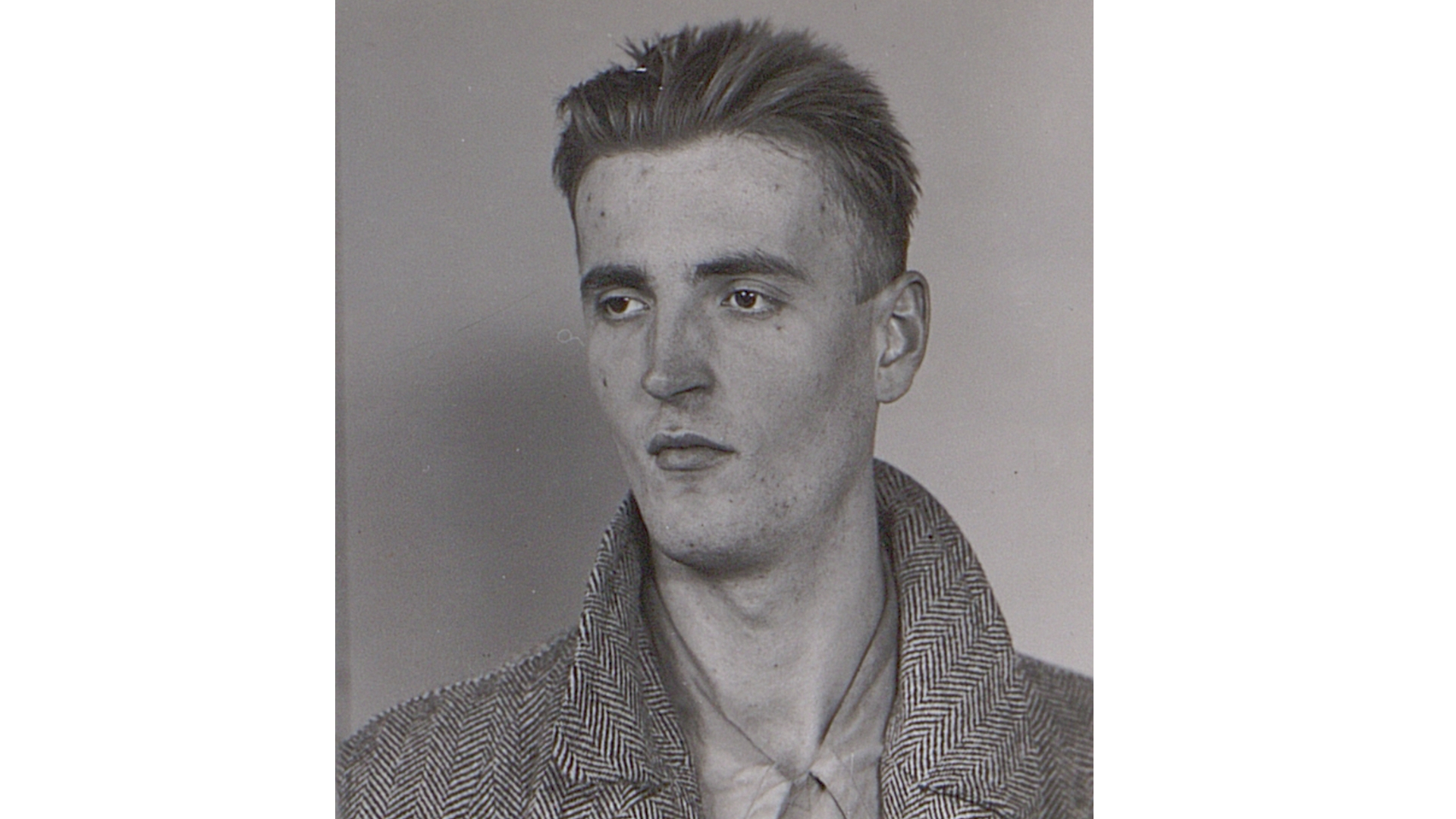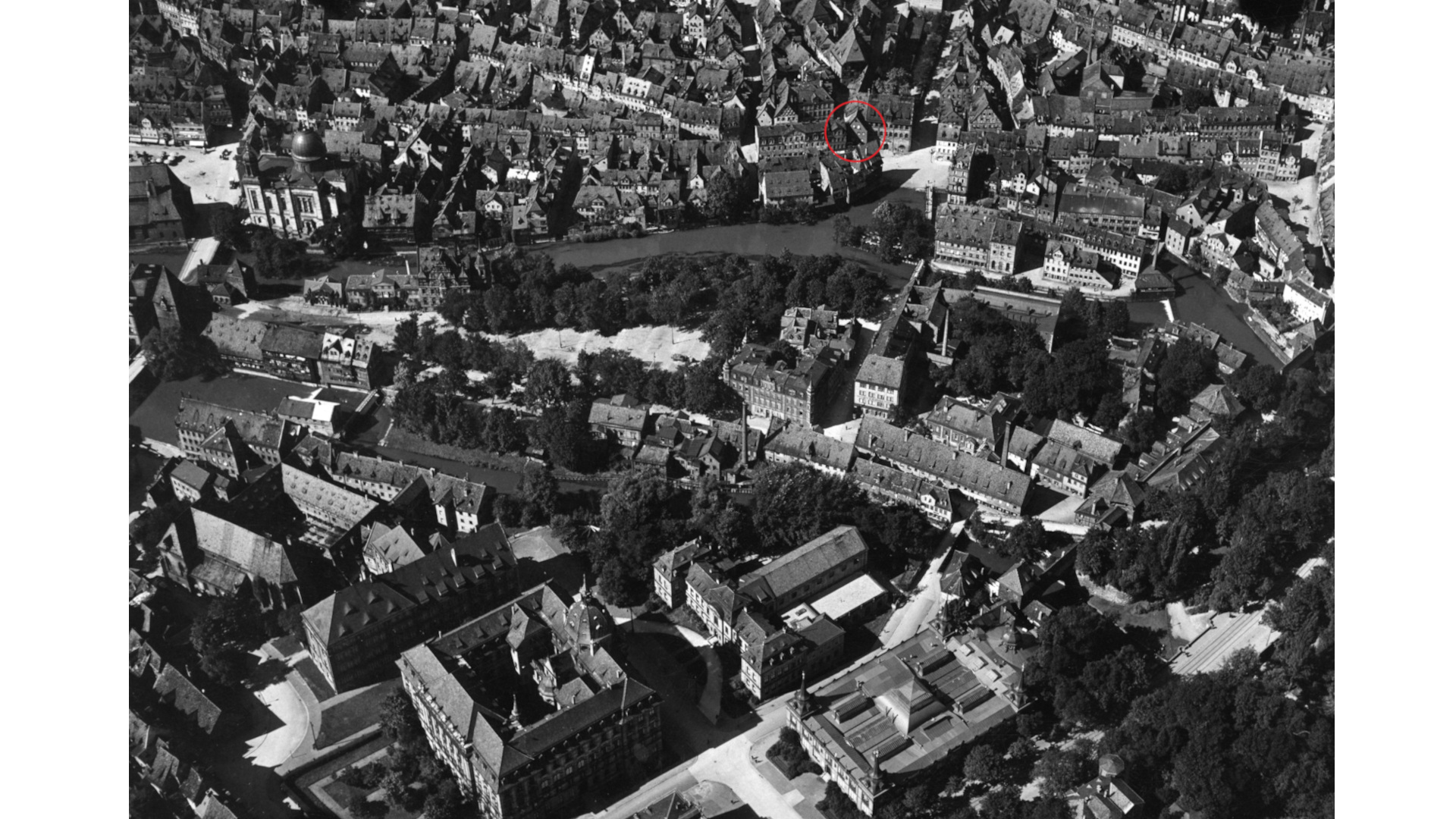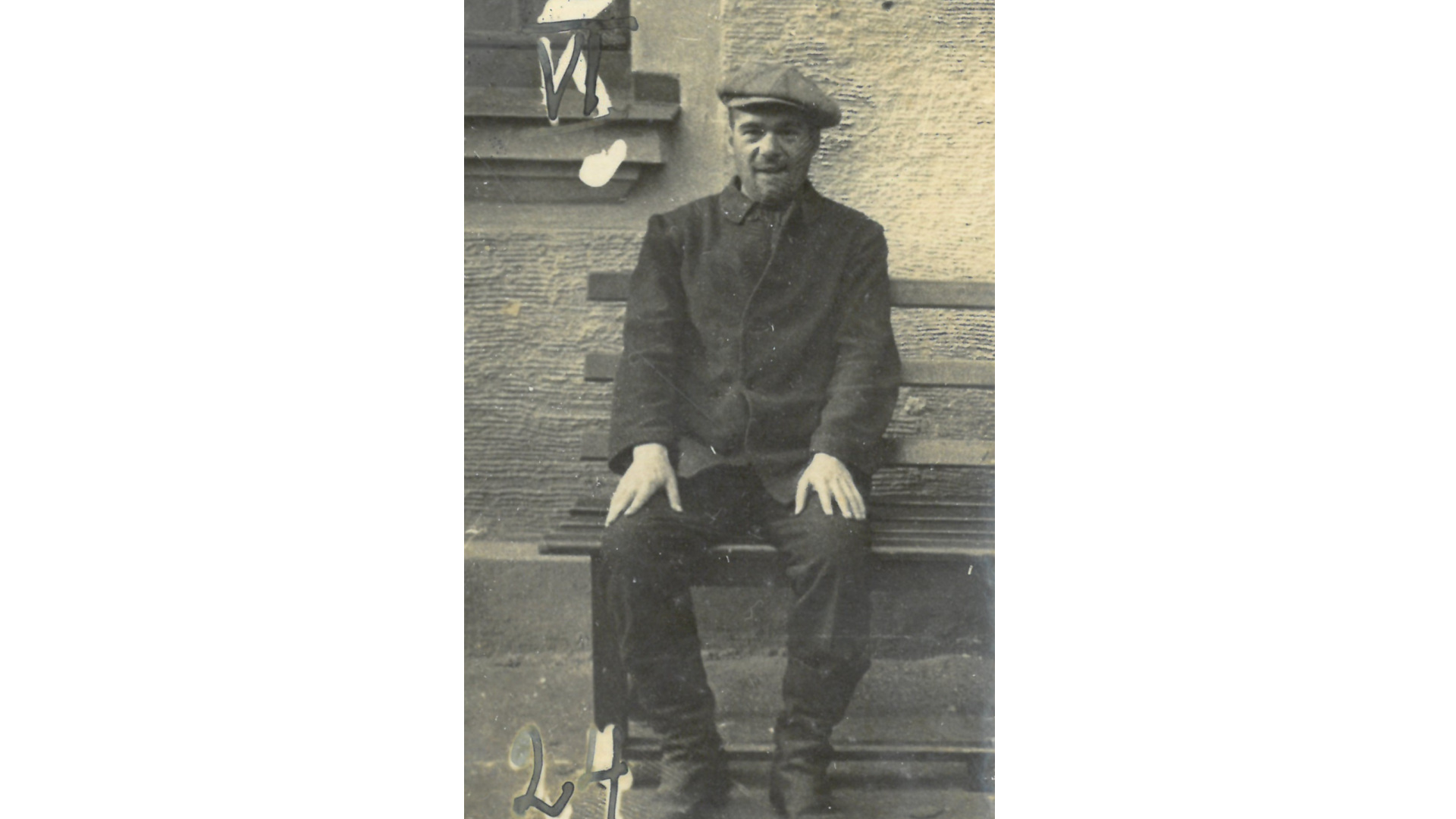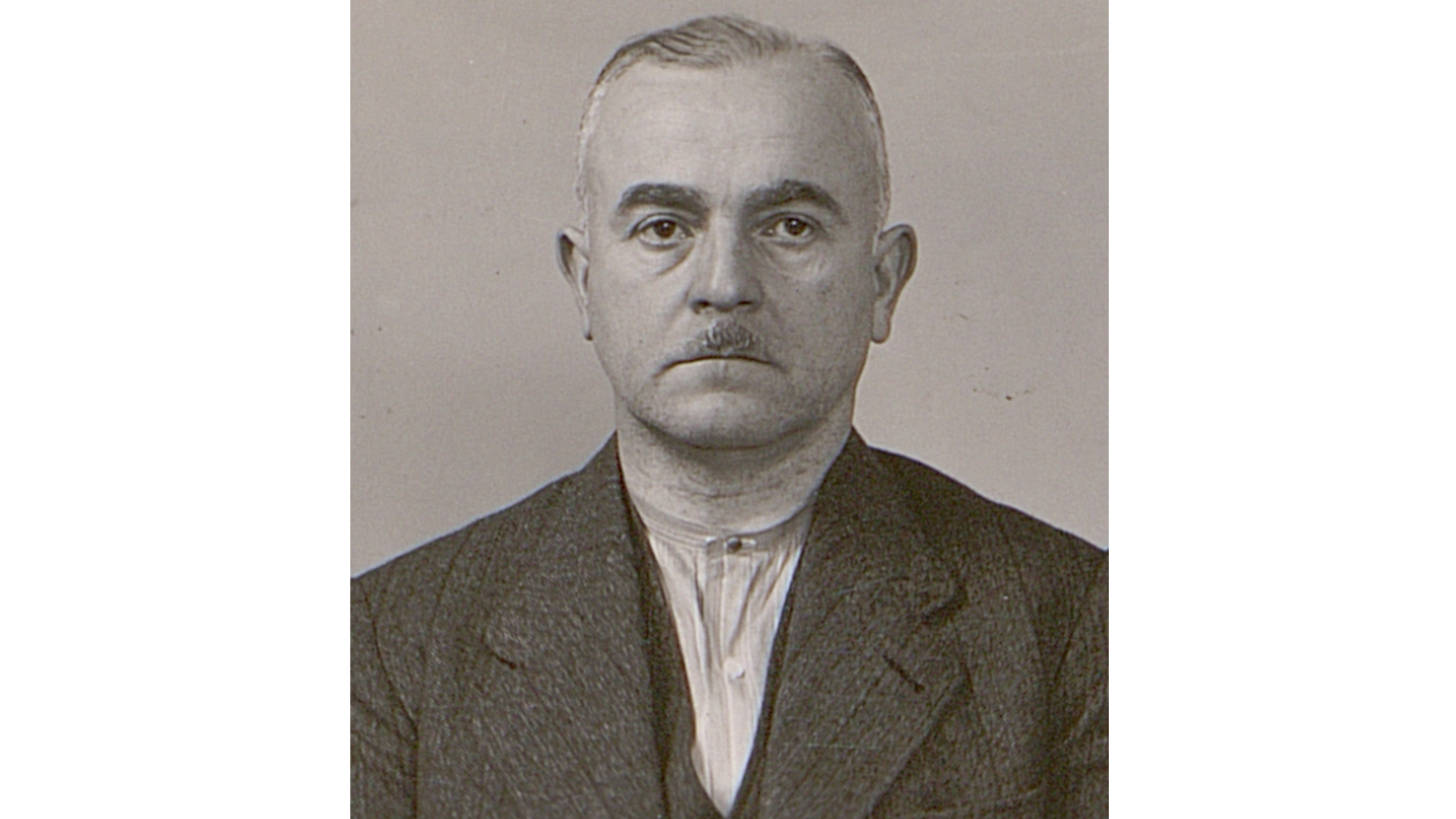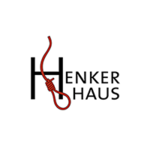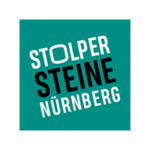| Location of stone: Untere Talgasse 6b | District: St. Sebald |
| Sponsor: Fliederlich e.V. – Gay Community Centre | Laying of stone: 17 October 2017 |
Biography
Since 17 October 2017 stumbling stones have been laid in Nuremberg in memory of homosexual victims of National Socialism. The project was initiated by the association Fliederlich e.V., under the leadership of Ralph Hoffmann (†). One of the stones that Gunter Demnig laid on 17 October was for Rudolf Koch, who was castrated in Flossenbürg concentration camp.
Rudolf Koch was born in Nuremberg on 27 September 1918, as the child of a single mother. After leaving school he began an apprenticeship as an electrician. He was first apprehended by the police in January 1935, in the toilets of the “Weißer Turm” department store – known to be a meeting place for homosexuals. The following year, a criminal investigation was launched, and he was accused of contravening Paragraph 175. Koch, now 18 years old, had engaged in a sexual relationship with a male of the same age. He was convicted and sentenced in March 1937 to seven months’ imprisonment.
Koch served his sentence in the prison in Niederschönenfeld, returning to Nuremberg at the end of October 1937. He was now living again with his mother at Schmausengasse 21. As he had not been able to complete his apprenticeship, he worked as a delivery man for a butcher’s shop. Later he was employed as a machine assistant by local factories that were manufacturing ignition caps.
In 1939 police officers saw Koch in the Waffenhof area (today’s Handwerkerhof), a known meeting place for homosexuals. Alleging that he had wanted to prostitute himself, they placed him under “systematic police observation”. From now on he was not allowed to leave his flat at night or linger around the railway station and several other inner-city locations. In addition, he was forbidden to have contact with any men suspected of being homosexuals.
Soon afterwards, police caught Koch violating the restrictions: officers found him again on 20 December 1939 in the toilets at the “Weißer Turm”. As a result, he was placed under “preventive custody”, which meant that he would be sent to a concentration camp for an indefinite period. In the middle of January 1940 Koch arrived at Sachsenhausen concentration camp. Three months later he was transferred to the concentration camp at Flossenbürg.
After spending months as a concentration camp inmate, Koch evidently opted for the only route to freedom then available to him. In November 1941, Rudolf Koch, aged 23, had himself “voluntarily” castrated. On the grounds that he had now lost his sexual appetite and was no longer a danger to society, the camp authorities released him a few months later.
Information about Koch’s life after his release is scarce. It is documented that, after leaving the camp, he was called up to serve in the army, survived the war and returned to Nuremberg. According to a report in the “Nürnberger Nachrichten” (the local newspaper), which appeared in spring 1955, the then 37-year-old Koch had tried to drown himself in the Pegnitz River but was saved by passers-by. The reason he gave for attempting suicide was depression resulting from the anniversary of his mother’s death.
Koch’s last address was Untere Talgasse 6, very near to the house in Schmausengasse where he had lived with his mother but which had been destroyed in the Second World War. In the course of the research carried out for his biography, a neighbour was traced who had known Koch in his last years. She described him as a shy, reserved person who in the end lived a completely solitary life. Rudolf Koch died in 1986, aged 68.
- Nuremberg City Archives, C 21/IX registration card.
- Nuremberg City Archives, public prosecutor’s office, Regional Court of Nuremberg-Fürth II, No. 759.
- Nuremberg City Archives, Central Office of Criminal Investigation Nürnberg-Fürth, No. 176.
- Documents on Rudolf Koch in the data bank of the Arolsen Archives – International Center on Nazi Persecution, URL: https://arolsen-archives.org/.
- Biographical compilation by Dr. Matthias Gemählich.

